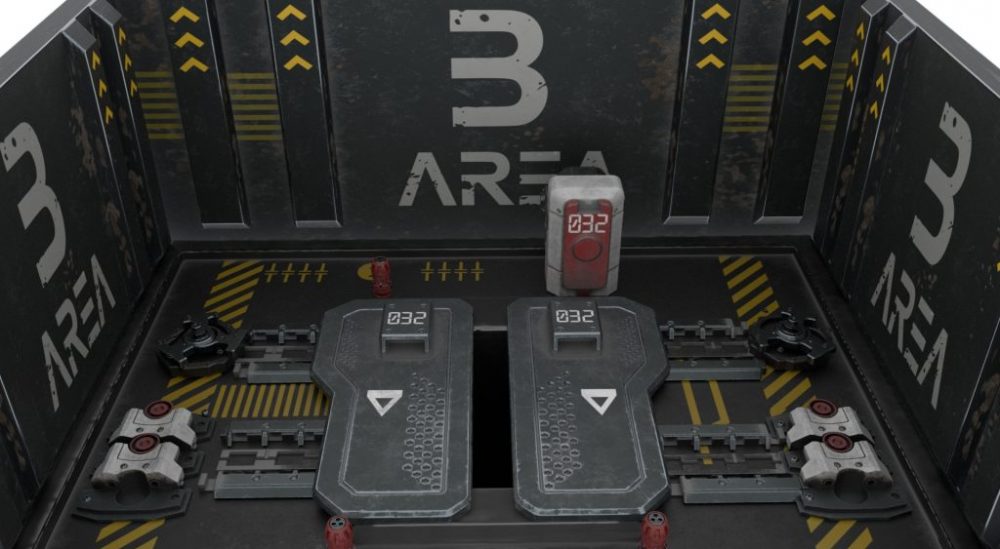In this week’s Nuke class, I have deep learned about techie of green screen in Nuke. There are a few ways to clean up the background, and for my homework, I select the Keylight Node.
First and foremost, I need to denoise my green screen scene and I have selected the upper left area. After that, I use keylight and select the back green color to clean the background. I turn on the Alpha channel to check does the white and black areas are clean and completely separated out, then I have made some changes to the Screen matte values. On the other side, to let the background color looks more clearly, I have decreased the value of saturation to zero so that I get a gravy background, after that, I have merged these two nodes together.

For the next step, I roto the front area which is the character and the workplace, because there is a microphone on the top of the scene and it will affect the green screen. After roto it, I add a blur node to blur out the edge. And then I key-frame the roto where the microphone shows up and merge them together.

For the background, I want this background to follow the camera movement, so I have created a tracker and track the computer which is at the front and easy to be tracked. After that, I have baked a Match-move tracker and link to the background to let it has the same movement as the shooting camera.

To let the character’s hair and the color of the workplace’s edge look the same as the background, I have added Lightwarp, Grade, and Saturation nodes to change the original color to look more blue and cold. After that, I have merged the background and the scene together to get the final result.
